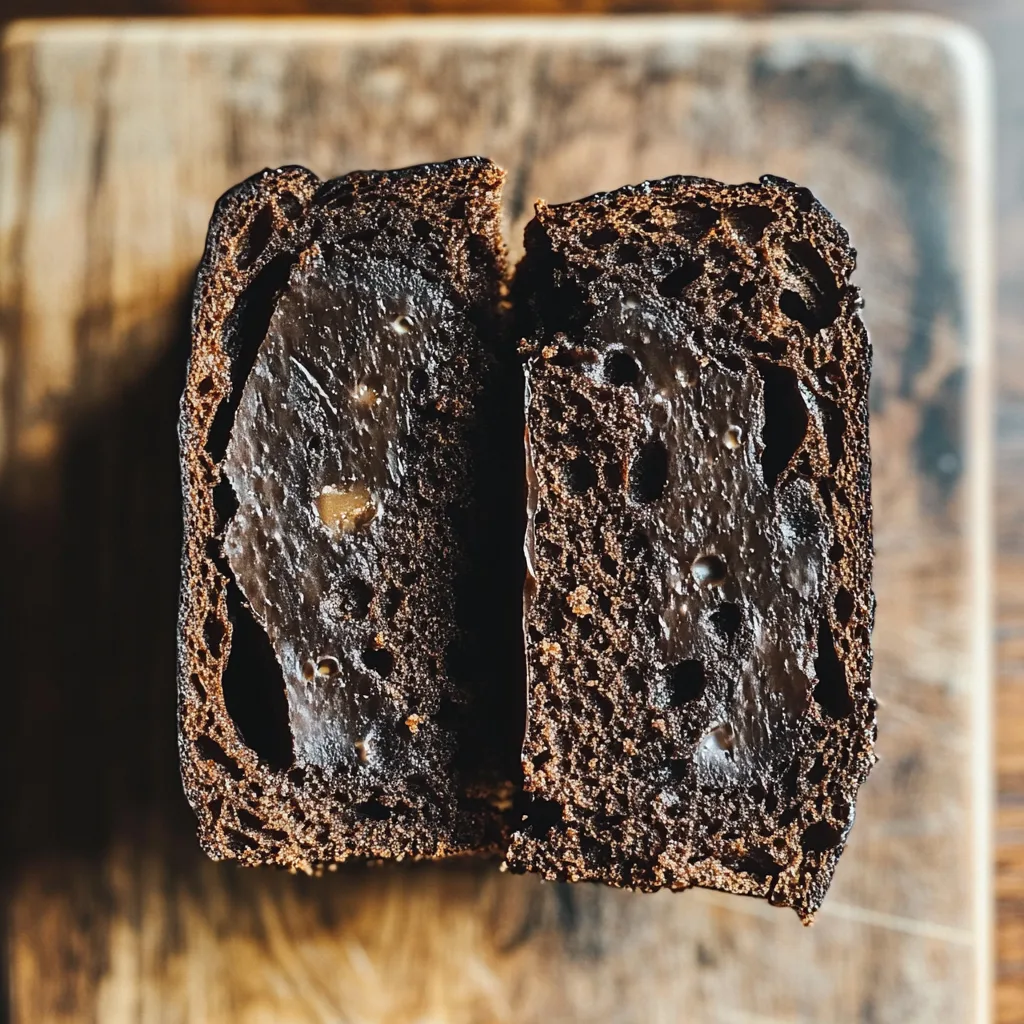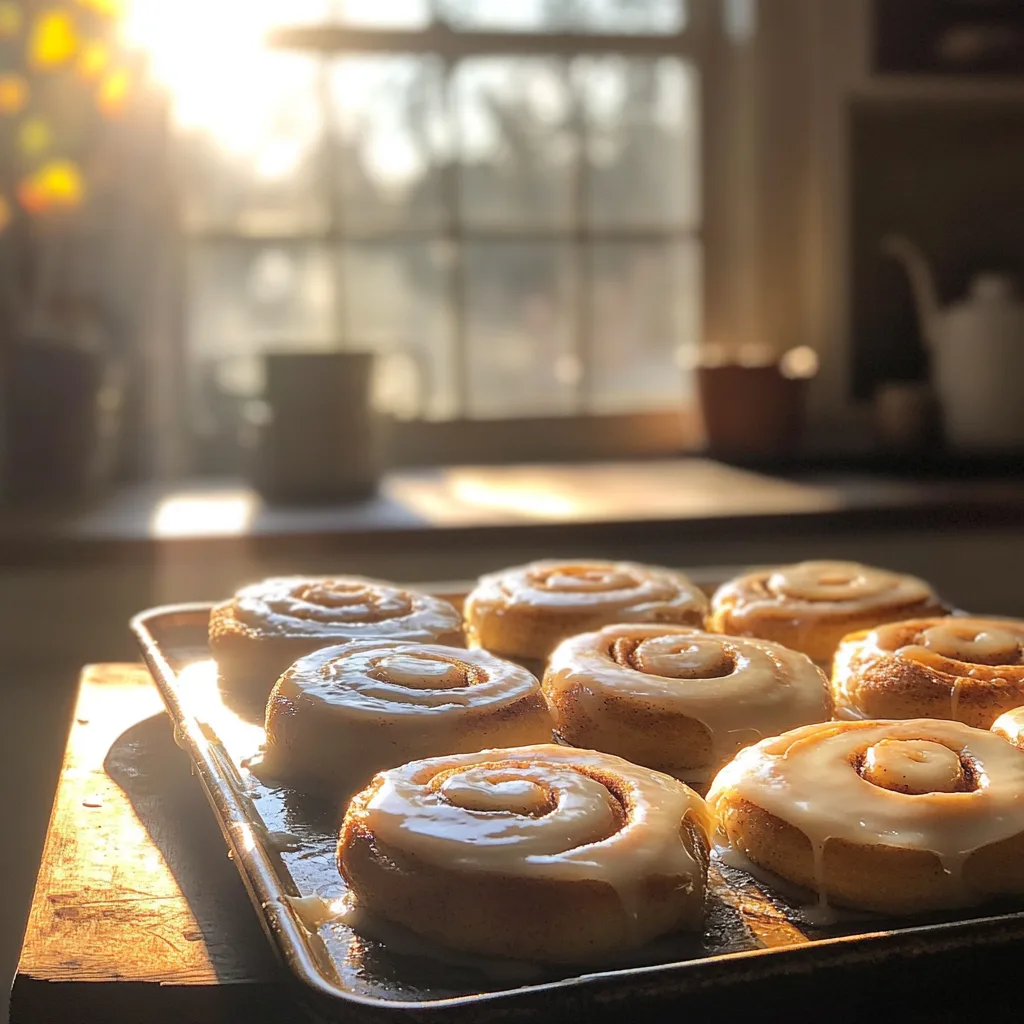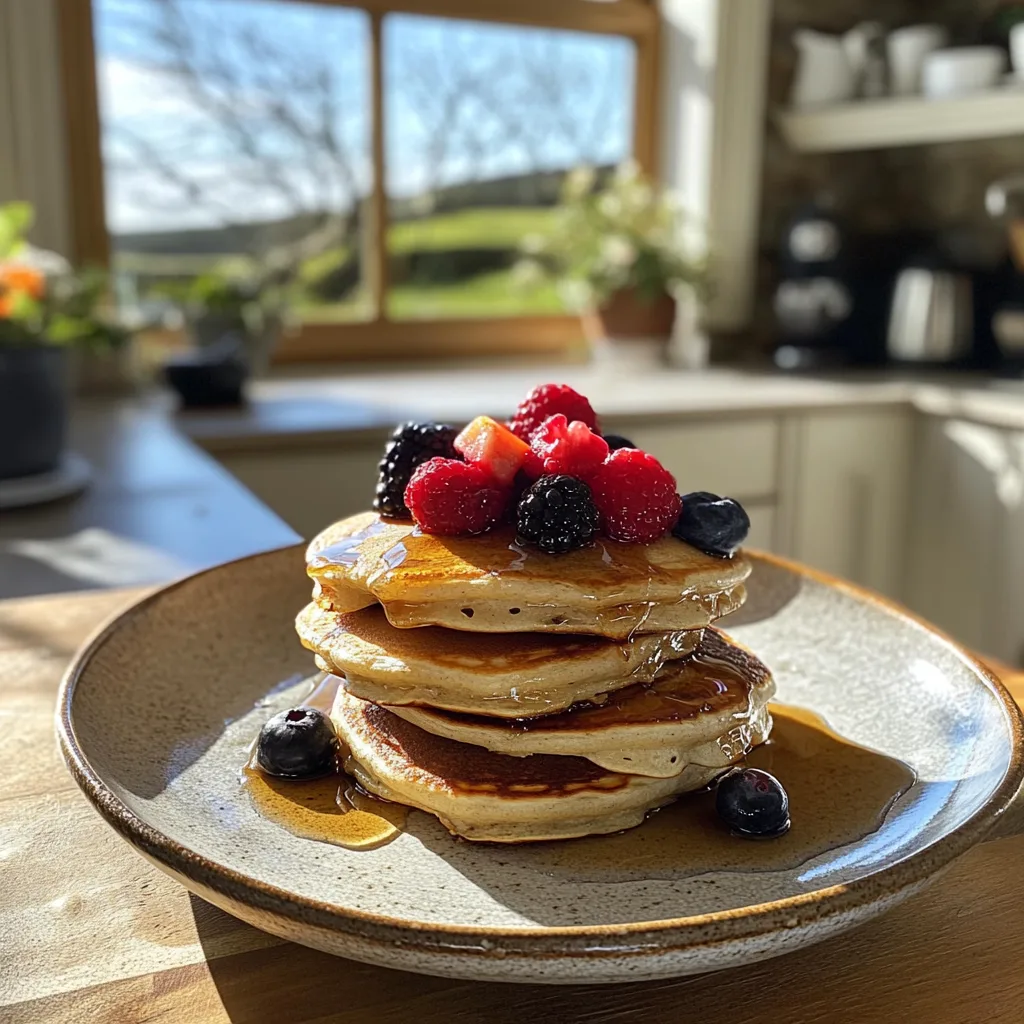
Okay, let’s be honest. When you hear ‘sourdough dessert recipes,’ what’s the first thing that pops into your mind? Probably a crusty loaf of bread with that irresistible tang, right? But what if I told you that sourdough isn’t just for bread? Welcome to the world of sourdough dessert recipes, where your favorite tangy starter takes center stage in sweet creations. From cookies to cakes and everything in between, sourdough dessert recipes unlock a whole new way to enjoy this baking staple. Forget everything you think you know about sourdough being exclusively for savory goods. We’re about to dive into how sourdough starter, or even discard, can transform your desserts into masterpieces. Not only do these sourdough dessert recipes taste amazing, but they can also be easier on digestion. Get ready for a flavor adventure that will completely change the way you think about dessert!
Why Sourdough Deserves a Place in Your Desserts
So, you’re probably thinking, ‘Sourdough in desserts? Seriously?’ And I get it. It might seem like a strange combination at first, but trust me, sourdough dessert recipes are a total game-changer. It’s not just about slapping some starter into a cake batter and hoping for the best. It’s about understanding how that tangy, bubbly starter transforms textures and elevates flavors in unexpected ways. Sourdough dessert recipes add depth, complexity, and a certain je ne sais quoi to your favorite sweet indulgences.
Think about how the slightest addition of acidity can cut through the richness of a chocolate ganache or how fermentation creates fluffier, more tender pastries. With sourdough dessert recipes, it’s like adding a secret ingredient that makes people ask, ‘Wow, what is that?’ Sourdough brings that ‘what is that’ factor, leaving people begging for more. You might even wonder how you ever baked without it. It’s more than just following the trend—it’s about upgrading your desserts to the next level!
The Tangy Secret: Unlocking the Magic of Sourdough Pancakes and Waffles
Now, let’s talk tang. The subtle sourness of sourdough is no accident; it’s the result of a beautiful dance between wild yeasts and bacteria in your starter. In desserts, that tang acts as a counterpoint to sweetness. It’s like adding a squeeze of lemon to a rich sauce – it brightens the whole thing up and keeps it from being overly cloying. Think of a super-sweet brownie; the sweetness alone can be a bit overwhelming. Now, add a touch of sourdough starter, and suddenly, that brownie has a depth, a complexity, and a slightly grown-up flavor.
The tanginess isn’t overpowering; it’s more like a whisper of flavor that makes everything more interesting. It’s that sophisticated note that elevates a dessert from ordinary to extraordinary. We’re talking about a flavor that lingers on the palate, making each bite a journey of taste. As the baker, you have the power to manipulate how much tang the dessert has. This will be defined by the amount of starter used and how long the dough is allowed to proof.
Texture Transformation: Unlocking the Magic of Sourdough in Desserts
Beyond the flavor, sourdough’s magic extends to texture. When added to dessert batters and doughs, the fermentation process works to break down gluten, resulting in more tender, almost melt-in-your-mouth textures. Ever had a cake that was a little tough or a cinnamon roll that was a little dry? Sourdough can be the key to solving these baking woes. The long fermentation process also introduces air into the dough, creating airy and light baked goods.
This results in a delightful contrast to the rich flavors, making each dessert an experience of textural delight. This means that you can use your sourdough discard and not feel like you’re compromising on the quality. The magic of sourdough lies in how it improves both the flavor and texture of your desserts. It is really a win-win situation. From fluffy pancakes to tender cakes, sourdough’s impact on texture is truly transformative. It allows us to rethink our approach to sweets, seeing them in a new light where both flavor and structure dance in harmony.
Getting Started: Mastering Your Sourdough Starter for Sweet Desserts
Okay, before we jump into the fun stuff (aka, the recipes), let’s talk about the star of the show: your sourdough starter. Now, if you’re new to the sourdough world, don’t panic! It’s not as intimidating as it might seem. Think of your starter as a pet. It needs regular feeding and attention, but in return, it’ll reward you with the most amazing baked goods. It all starts with creating the right environment for the wild yeasts and bacteria to thrive. A healthy starter is the foundation for sourdough desserts. It’s the reason behind that characteristic tang and the delightful texture we’re aiming for. Your starter, when fed and ready, will make all the difference in your quest to bake extraordinary sourdough sweets. You need a vibrant and active starter to get the best results. So, let’s make sure yours is thriving!
Active Starter vs. Discard: Understanding the Key Differences for Baking
Now, here’s where things can get a bit confusing for newcomers: active starter versus discard. Simply put, your active starter is the portion of your culture that’s bubbly, doubled (or nearly doubled) in size, and ready to bake with. This is the starter that’s at its peak of activity after being fed and is teeming with yeast and bacteria, ready to leaven your dough. Think of it like this: your starter is like a race car. It needs to be fueled up and at its prime to perform its best. On the other hand, discard is the portion of your starter that you’ve removed before feeding.
It is generally not as active as the starter but still contains those beneficial yeasts and bacteria. You should never throw the discard! It might be less active, but it still holds a ton of flavor and can add an amazing twist to your desserts. Discard is perfect for recipes that don’t rely heavily on leavening power, such as brownies, pancakes, and waffles. Using sourdough discard is also a great way to reduce waste and enhance the flavor of your baked goods.
Feeding Your Starter: The Key to Sweet Baking Success
To get the best results for your sourdough desserts, you need to make sure your starter is in tip-top shape. This means regular feeding. Think of it as giving your starter its daily vitamins and fuel. The frequency of feeding will depend on how often you bake and how warm your kitchen is. If you are using your starter daily, you might feed it every 12-24 hours. If you are only baking once or twice a week you can keep it in the fridge and feed it less often. It’s essential to feed your starter with the right ratios of flour and water. I generally use a 1:1:1 ratio of starter to flour to water.
So, if you have 50 grams of starter, you’d feed it with 50 grams of flour and 50 grams of water. This ensures a consistent and reliable rise. A well-fed starter will be bubbly, active, and have a slightly sweet, almost yeasty aroma. This means your starter is ready for anything you’re planning to bake. Remember consistency is key! It is also crucial to use the same type of flour and water for feeding. Be consistent and you will be on your way to sourdough baking success.
Irresistible Sourdough Dessert Recipes You Need to Try
Alright, enough with the starter talk. Let’s get to the good stuff: the actual recipes! Here are a few must-try sourdough desserts that are guaranteed to impress. I’ll guide you through the basics and some helpful tips to ensure your success. We’re not just talking about your average run-of-the-mill desserts. We’re talking about flavor explosions, texture masterpieces, and the kind of baked goods that make people say, “Wow, did you make this?”. These recipes utilize the power of sourdough to elevate your baked goods. Whether you are a seasoned baker or a beginner, these recipes are for you. Each recipe has a little twist to show you just how versatile sourdough can be. Get ready to be inspired and delighted as you embark on this sourdough dessert journey.
Sourdough Chocolate Cake: Rich and Decadent
Let’s start with a classic: sourdough chocolate cake. Imagine a cake that’s incredibly moist, intensely chocolatey, and with a subtle tang that makes it incredibly addictive. That is what sourdough brings to your chocolate cake. Forget the dry, crumbly chocolate cakes of the past; the sourdough starter transforms the texture, giving it a soft, tender crumb. I’m talking about a cake so decadent and fudgy, you’ll wonder why you ever made it any other way. The tanginess of the sourdough cuts through the richness of the chocolate, creating a perfect balance of flavors. You can even use discard for this recipe! This means you can use the discard from your starter and get an incredible result! It’s a classic with a twist. This cake will become your go to recipe for any celebration.
Common Mistakes and How to Fix Them in Sourdough Chocolate Cake Recipes
Okay, let’s be real. Baking isn’t always smooth sailing. Here are a few common mistakes people make when baking sourdough chocolate cake and how to fix them:
- Mistake: Cake is dense and gummy.
- Solution: Make sure you’re using active starter, not discard, for leavening power. Also, ensure you are not overmixing the batter. Overmixing can create tough cake.
- Mistake: Cake is too tangy.
- Solution: Reduce the amount of starter or the fermentation time. Adding some sugar to your starter when you feed it will decrease the tang.
- Mistake: Cake is dry.
- Solution: Make sure your oven isn’t too hot or baking for too long. Using some oil or yogurt in your recipe is also a great way to keep it moist.
“Baking is both a science and an art. A little experimentation is often the key to finding the perfect balance.”
Okay, let’s continue with part three of our sourdough dessert deep dive!
Sourdough Cinnamon Rolls: The Fluffiest You’ll Ever Make

Next up, we have sourdough cinnamon rolls – and trust me, these are not your average cinnamon rolls. Sourdough elevates the humble cinnamon roll to new heights of deliciousness. The long fermentation process makes the dough incredibly soft and airy, creating rolls that are ridiculously fluffy and light. Think of clouds of sweet dough, swirled with cinnamon and sugar, and topped with a luscious glaze. These are the kind of rolls that make you want to slow down and savor every single bite. The slightly tangy flavor of sourdough adds a layer of complexity that will make you wonder why you’ve never made cinnamon rolls this way before. Get ready to experience cinnamon roll perfection. They are not just a breakfast treat but also a great dessert that can be enjoyed any time of the day!
Troubleshooting Tips for Perfect Sourdough Cinnamon Rolls
Baking sourdough cinnamon rolls can be a labor of love, but it’s definitely worth it! Here are a few common challenges and how to overcome them:
- Problem: Rolls are dense or tough.
- Solution: Ensure your starter is active and that your dough has enough fermentation time to develop. Don’t rush the process. You can also do a longer cold fermentation in the fridge.
- Problem: Filling leaks out during baking.
- Solution: Roll the dough tightly and be sure to seal the edges. Using a good, thick filling also helps, preventing it from melting too much during baking.
- Problem: Rolls don’t rise properly.
- Solution: This is often due to a weak starter. Make sure your starter is active before beginning. Also ensure that your dough is kept in a warm environment to rise.
Sourdough Pancakes & Waffles: Your Tangy Breakfast Delight
Let’s move on to something a little different, yet equally amazing: sourdough pancakes and waffles. These aren’t just your ordinary breakfast fare. Sourdough pancakes and waffles are elevated to a whole new level, boasting a light and fluffy interior with a slightly tangy flavor that’s downright addictive. The discard from your sourdough starter is perfect for making sourdough pancakes and waffles. It’s a fantastic way to ensure nothing goes to waste while infusing that signature sourdough flavor into your morning meal.
Imagine waking up to a stack of golden brown sourdough pancakes or waffles, tender and bursting with flavor. The subtle tang from the sourdough adds depth and cuts through the richness, making every bite a delightful experience. Whether you top your sourdough pancakes and waffles with fresh fruits, a drizzle of syrup, or a dollop of whipped cream, they’re guaranteed to be the ultimate breakfast—or even dessert—treat. Sourdough pancakes and waffles truly redefine what it means to start your day deliciously!
Sourdough Brownies: Fudgy Goodness with a Twist
Last but not least, let’s talk about sourdough brownies. If you thought that sourdough could only elevate pastries, then think again. Sourdough brownies are rich, fudgy, and intensely chocolatey, with a depth of flavor that you won’t find in traditional brownies. The sourdough starter adds an element of complexity, making the brownies more interesting and sophisticated. These brownies are dense and chewy, with that characteristic fudgy center that melts in your mouth. The slight tang from the sourdough enhances the chocolate flavor, creating a taste experience that is simply unforgettable. This is a fantastic way to use your sourdough discard. Don’t be surprised if these become your go-to brownie recipe.
Common Sourdough Dessert Problems and Solutions

Okay, let’s face it – baking with sourdough isn’t always a walk in the park. There are a few common problems that bakers run into. But don’t worry! I’m here to help you navigate these challenges. I want to help you solve them before they even happen. These common issues and the solutions will help you achieve perfection in your baking journey. With patience and practice you will become a master sourdough baker in no time.
Problem: Dense or Gummy Textures
A dense or gummy texture is a common problem, often indicating that the dough has not fermented properly or that the starter isn’t active enough. Make sure that your starter is active and that your dough has enough time to rise. Remember, it is also important not to overmix your dough. Overmixing can also create a dense texture in your baked goods. Pay attention to your dough and let it develop its flavor and structure. Patience is the key when you are making sourdough desserts.
Problem: Overly Tangy Flavor
If you find that your desserts are too tangy, that means the sourdough flavor is too prominent and not pleasant. Reduce the amount of starter you are using in the recipe or shorten the fermentation time. You can also add a small amount of sugar to your starter before using it to make it sweeter. This will help you control how much tang will be in your recipe.
Problem: Flat or Underrisen Results
When your desserts don’t rise properly, it is an indication that the starter is not as active as it should be. Be sure that your starter is bubbly and has doubled or almost doubled in size. You also need to ensure that your dough is being kept in a warm environment to rise.
Problem: Difficulty Incorporating Sourdough Discard
Sometimes, it can be tricky to incorporate sourdough discard into dessert recipes without affecting the texture. To avoid this problem, make sure that your discard is at room temperature. You also need to mix it well into the other ingredients. This will help to make a smooth batter or dough that has a consistent texture.
Beyond Bread: Expanding Your Sourdough Horizons
While we’ve focused on some incredible sourdough dessert options, the versatility of sourdough extends far beyond just cakes, rolls, and breakfast treats. Once you’ve mastered the basics, consider using your sourdough skills to explore a variety of baked goods, both sweet and savory. If you’re looking for a chewy, satisfying start to your day, why not try your hand at making your own ultimate sourdough bagels – a delightful experience that’s quite different than your store-bought options, as you can see in this article about sourdough bagels vs. regular bagels.
And if you’re curious about pushing your culinary limits with other textures and flavors, delve into rich custards. While they don’t have sourdough in them, understanding the delicate science of a crème brûlée will inform your sourdough baking in a positive way. You may also discover new recipe ideas that will take you down another cooking adventure. And for those who love a little flair, a homemade churro cheesecake is a decadent project that is sure to impress. Don’t limit yourself to typical recipes. You can also incorporate sourdough starter into recipes for hotcakes that will be light, airy, and more flavorful. Embracing the sourdough journey is about experimenting and finding new ways to bring this ancient process to your modern kitchen.
